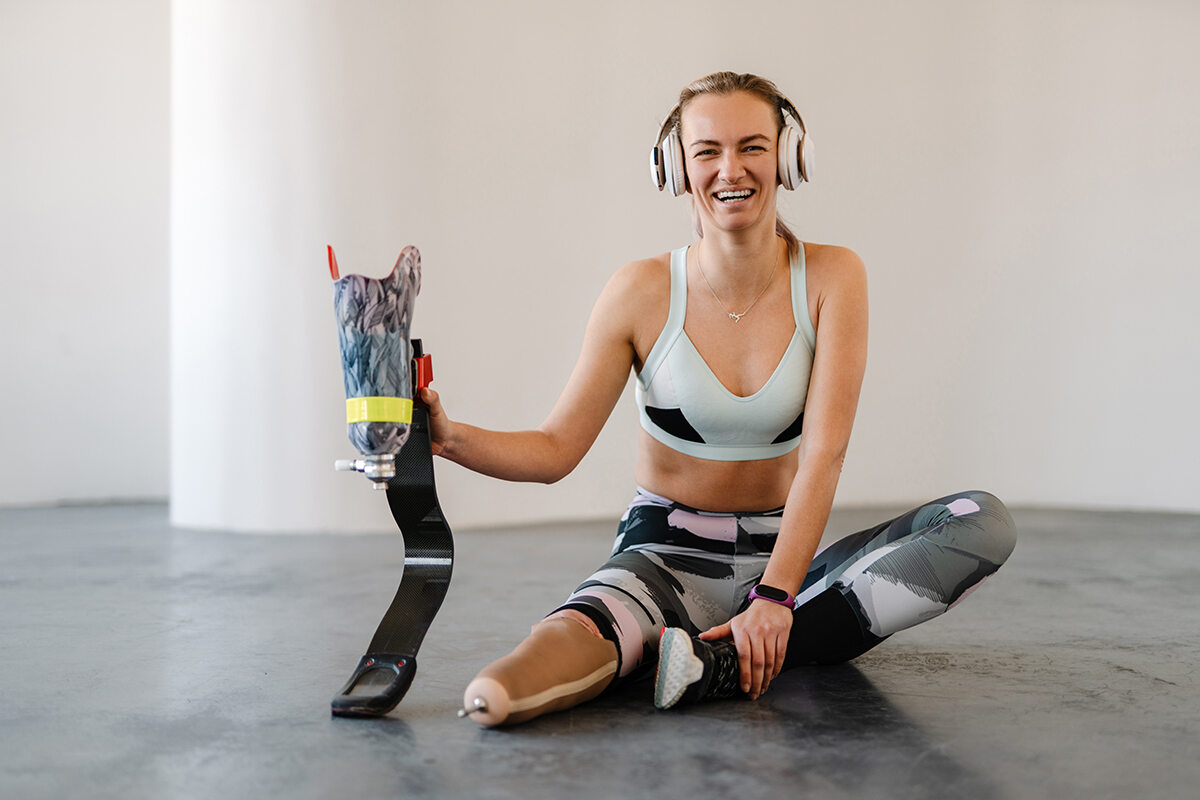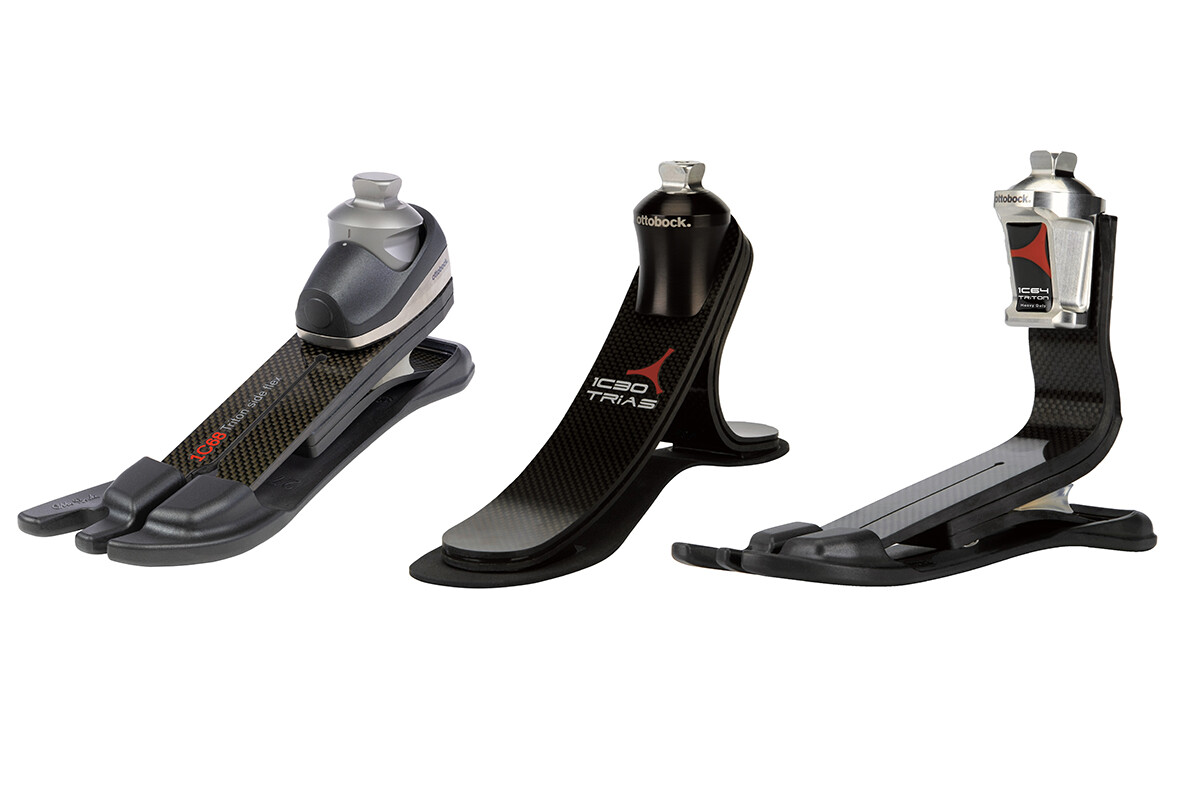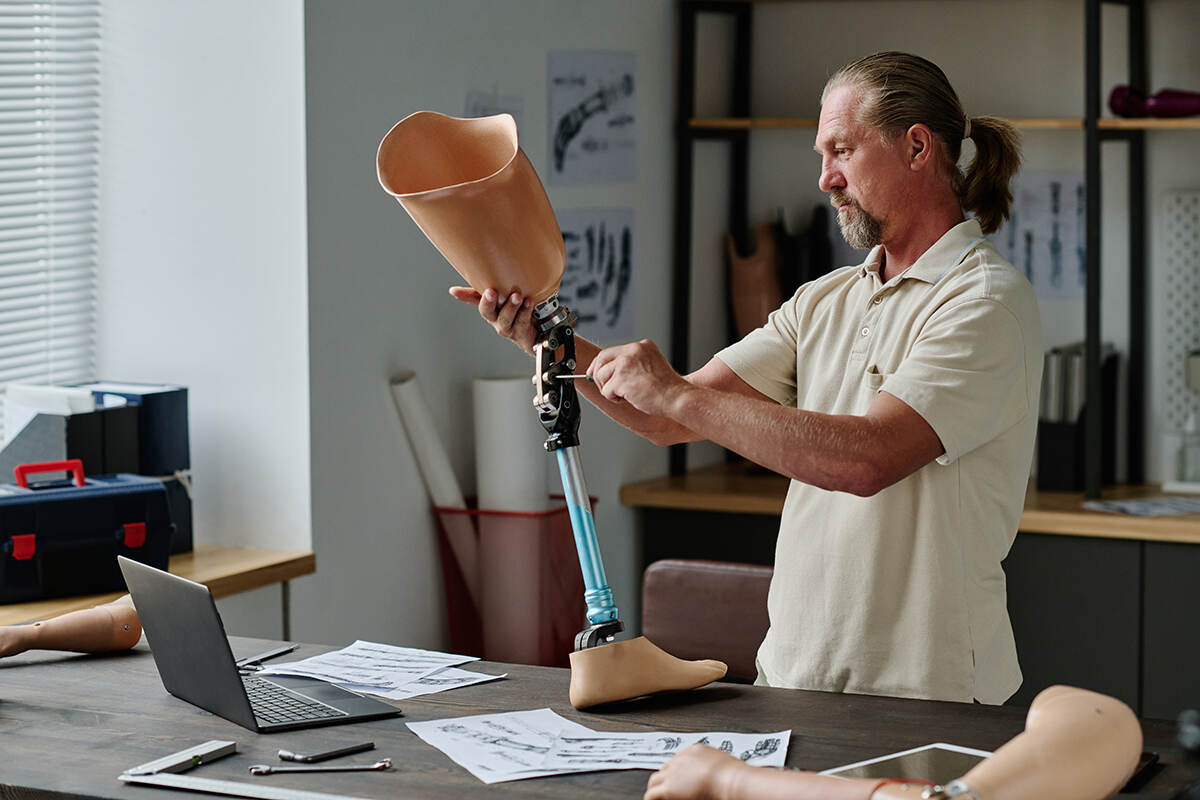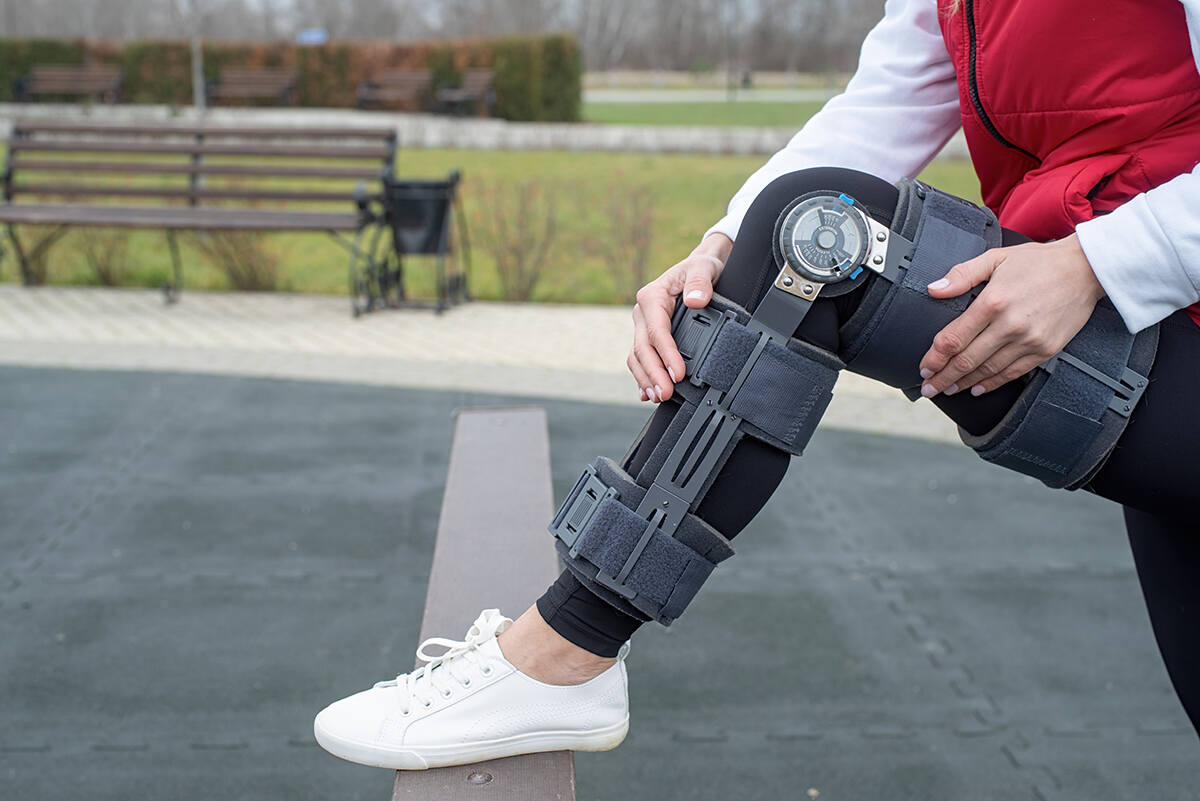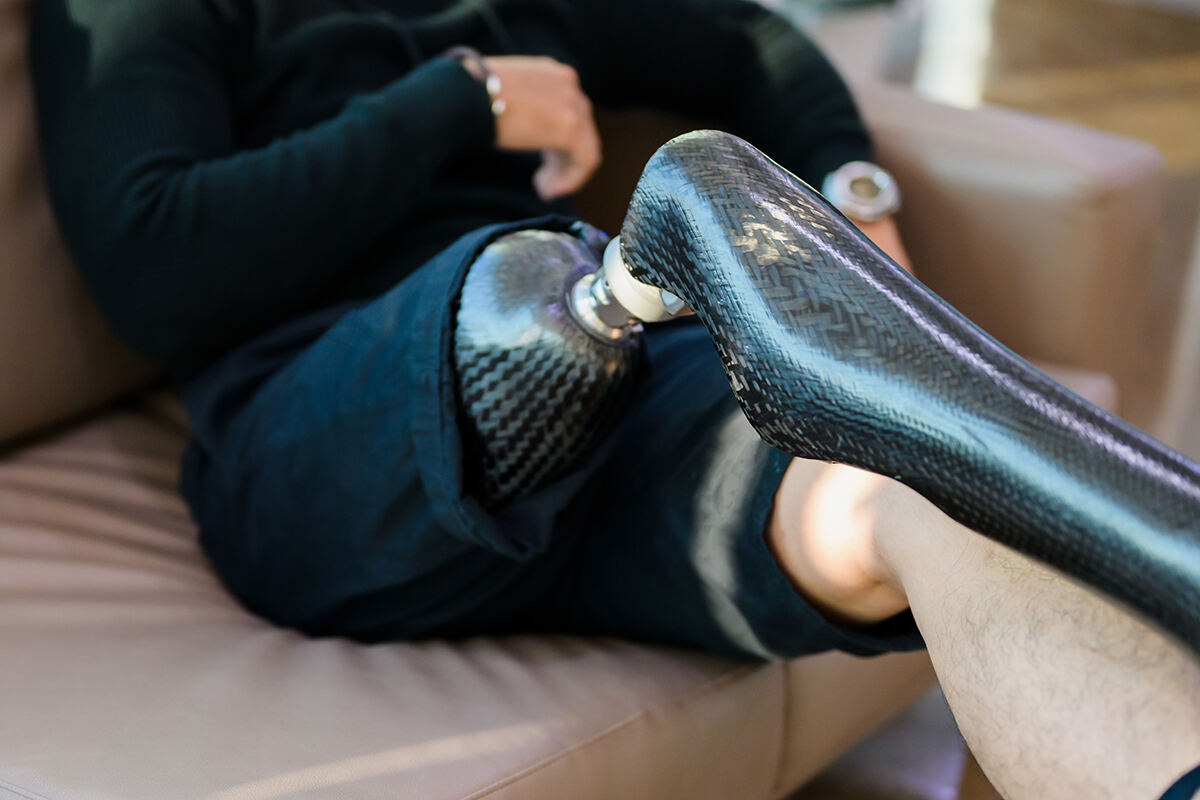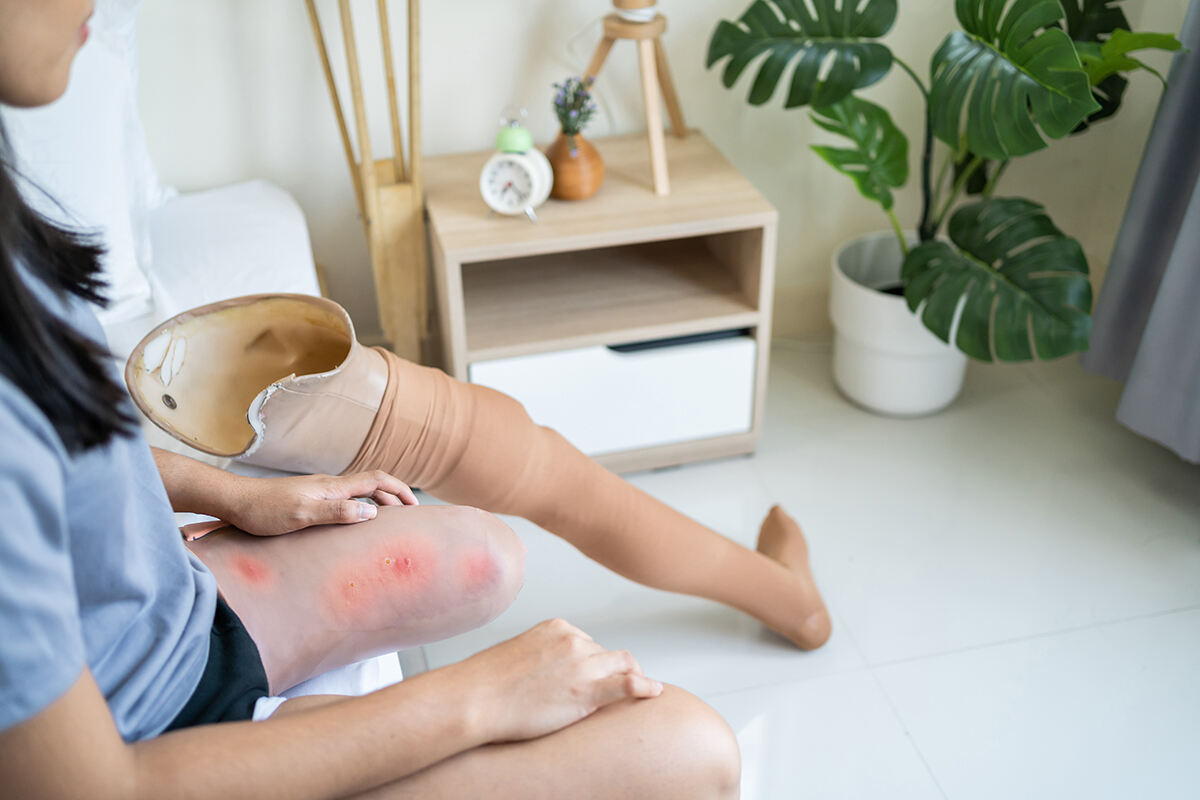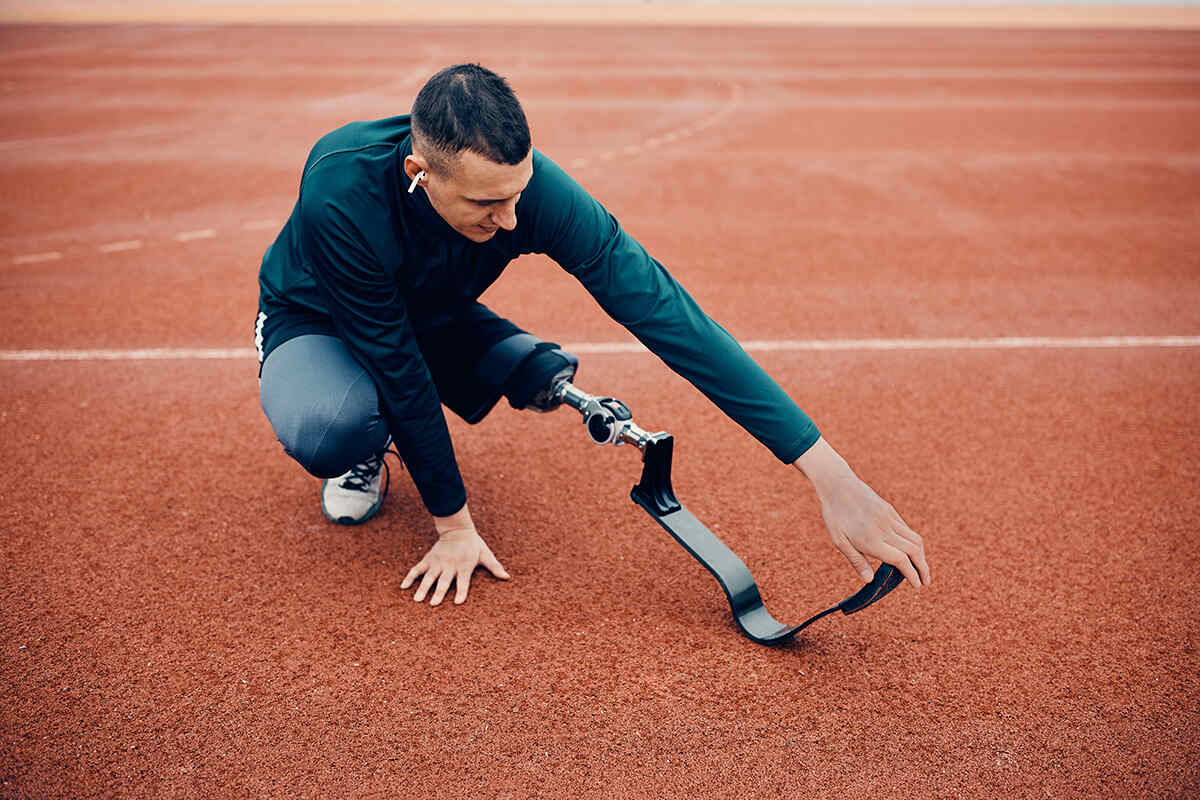Prosthetic legs have transformed countless lives. But have you ever imagined just how far prosthetic leg technology has come? In this blog post, we’ll take you on a journey through the top 7 coolest prosthetic legs that are transforming lives, transcending limitations, and empowering individuals to reach new heights.
Key Takeaways
- Revolutionize your life with the latest prosthetic legs: from running blades to everyday elegance, and even robotics!
- Express yourself through custom designs that go beyond imagination.
- Reach new heights in extreme sports and empower children with limb disabilities.
The Evolution of Running Blades

Running blades have come a long way since their inception, all thanks to an American inventor and amputee named Van Phillips. In the 1980s, Phillips designed the first running blade, known as the Flex-Foot, revolutionizing the field of prosthetics. But what made this invention so remarkable?
The secret lies in the carbon fiber cheetah leg. The use of carbon fiber materials and a unique shape allows this prosthetic leg to flex and bend like a foot’s ligaments and muscles. The carbon fiber blades also store and release energy, imitating the anatomical performance of a natural leg with a spring-like effect for running. This groundbreaking technology inspired several milestones in the evolution of running blades, including split toe blades for better control and continuous improvements in lightweight and functional designs.
As a result, the carbon fiber cheetah leg has boosted athletic performance, optimizing the deflection of the forefoot during running, delivering specialized traction, and permitting the foot to flex for a powerful energy kick. It’s no wonder that this incredible advancement in artificial limbs is empowering athletes to reach their full potential.
Bionic Breakthroughs: Prosthetic Legs with Nerve Integration
Imagine a prosthetic leg that allows you to move and feel just like a biological limb. This dream is becoming a reality, thanks to the fascinating advancements in prosthetic legs with nerve integration. Prosthetic implants that communicate directly with the brain are now being developed, enabling wearers to:
- Move and control the prosthetic limb with their thoughts
- Feel sensations, such as touch and temperature
- Interact with the world as if they had full sensation
This groundbreaking technology is revolutionizing the field of prosthetics and will improve the quality of life for amputees.
New sensor technologies are revolutionizing prosthetics. They enable prosthetic limbs to move and grip with precision, just like myoelectric devices. And the best part? Some of these cutting-edge prosthetic limbs come at a fraction of the cost of traditional prosthetics, making them more accessible to a wider range of individuals.
But the possibilities don’t end there. Exoskeletons and Neuralink are pushing the boundaries of what prosthetics can achieve. Exoskeletons are prosthetic frames which fit onto our limbs and bodies. They enable us to control them through neural commands, giving us an increase in physical abilities. Neuralink, an ambitious project by Elon Musk, aims to integrate the human brain with digital enhancements, unlocking more of the brain’s capacity and offering incredible potential.
Artistic Expression Through Prosthetics
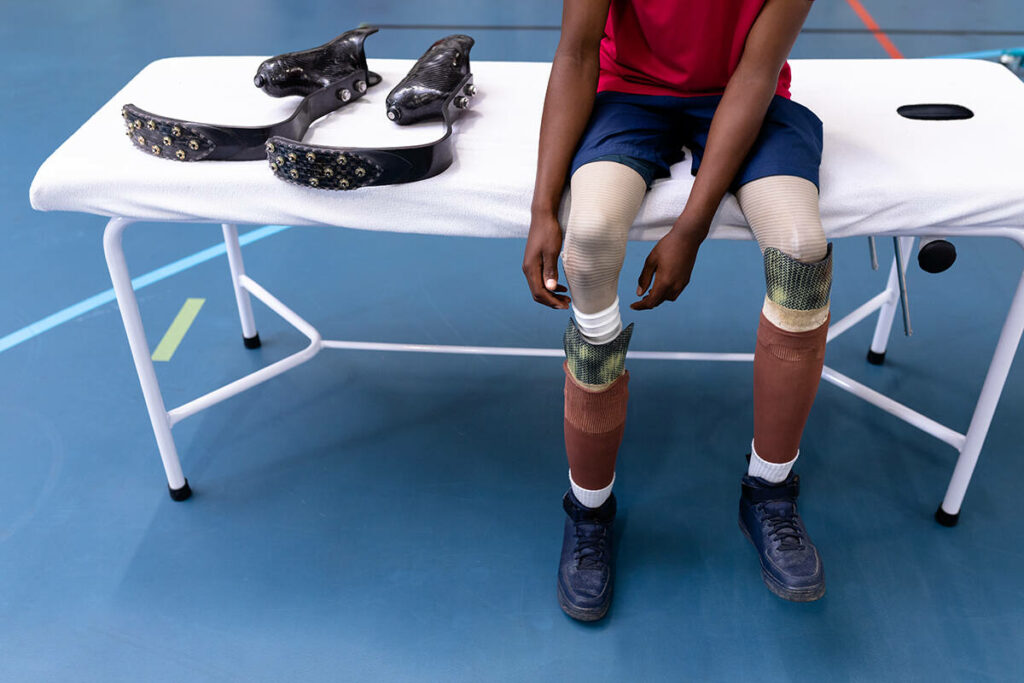
Prosthetic legs serve more than a functional purpose; they also provide a platform for self-expression. The concept of artistic expression through prosthetics allows individuals to display their unique and creative prosthetic leg designs. These designs incorporate sophisticated technology that responds to nerve signals, ensuring a more natural and intuitive user experience.
Some of these innovative prosthetic designs go beyond imagination, featuring superhero-inspired limbs, and even a prosthetic that allowed an artist to tattoo with it. These custom designs can be tailored to various needs.
Noteworthy inventions such as the YouBionic Double Hand prosthesis, the Third Thumb, and the Second Stick are redefining the field. The YouBionic Double Hand provides users with up to four extra hands, controlled by moving individual fingers at different speeds. The Third Thumb, a 3D-printed prosthesis, can be controlled by retrofitted pressure sensors in the wearer’s shoes, empowering them to do more with their hands and upper arm.
These artistic expressions are not only functional but also transformative, enhancing the lives of those who wear them by stepping into the wearer’s shoes.
The Next Frontier: Prosthetic Legs for Extreme Sports
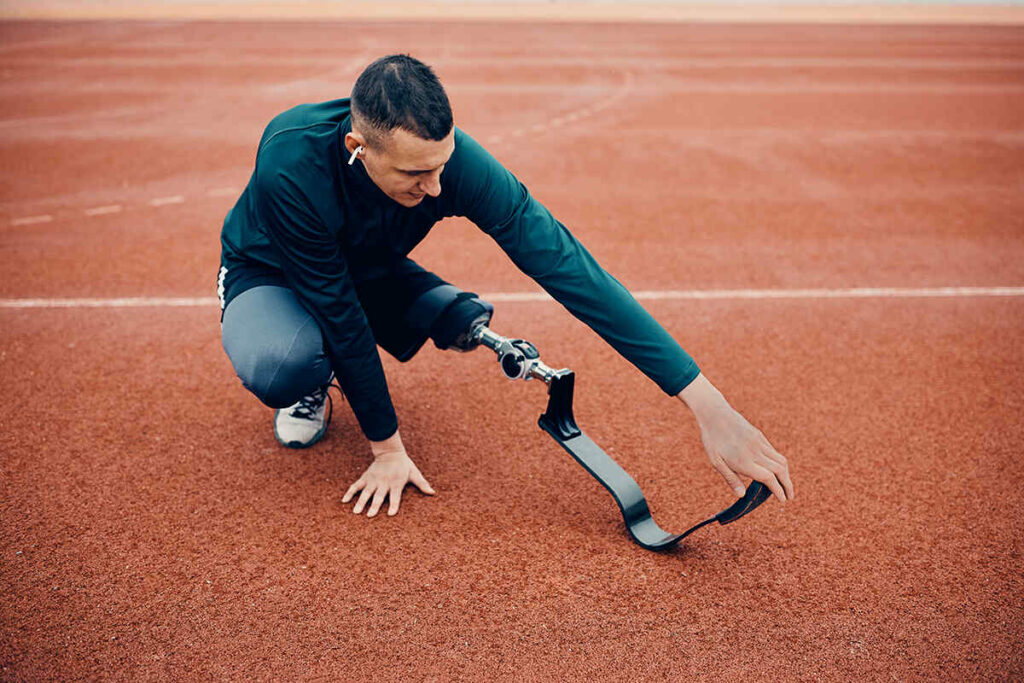
For those who love adrenaline rushes and extreme sports, prosthetic legs designed for action sports present a significant advancement. These cutting-edge prosthetics boast superior mechanical stiffness and energy efficiency, making them ideal for amputees who wish to participate in sports and physical activities with maximum ease and performance.
Advancements in prosthetic technology are revolutionizing extreme sports, making them more accessible than ever for individuals with prosthetic limbs. Companies like Biodapt create prosthetics specifically designed for action sports, capable of handling the wear and tear of activities like dirt biking, snowboarding, and riding all-terrain vehicles.
Everyday Elegance: Prosthetic Legs for Daily Life
The design of prosthetic legs for daily life focuses on achieving an optimal blend of comfort, functionality, and style for the residual limb. Recent breakthroughs in prosthetic leg technology have made it possible for users to regain a sense of touch and control over their prosthetic limbs, as well as creating limbs that look and feel like biological ones.
With the integration of fashion and 3D-technology, designers have transformed prosthetic legs, creating detailed leg covers that allow individuals to express their personal style. Furthermore, there are ongoing efforts to create comfortable and functional clothes specifically designed for individuals with prosthetics, allowing them to stay up to date with the latest trends in fashion.
Prosthetic legs designed for everyday life offer an array of amazing benefits, including:
- Enhanced comfort
- Improved self-esteem
These innovations empower individuals to maintain a sense of normalcy and actively participate in daily life.
Pioneering Pediatric Prosthetics
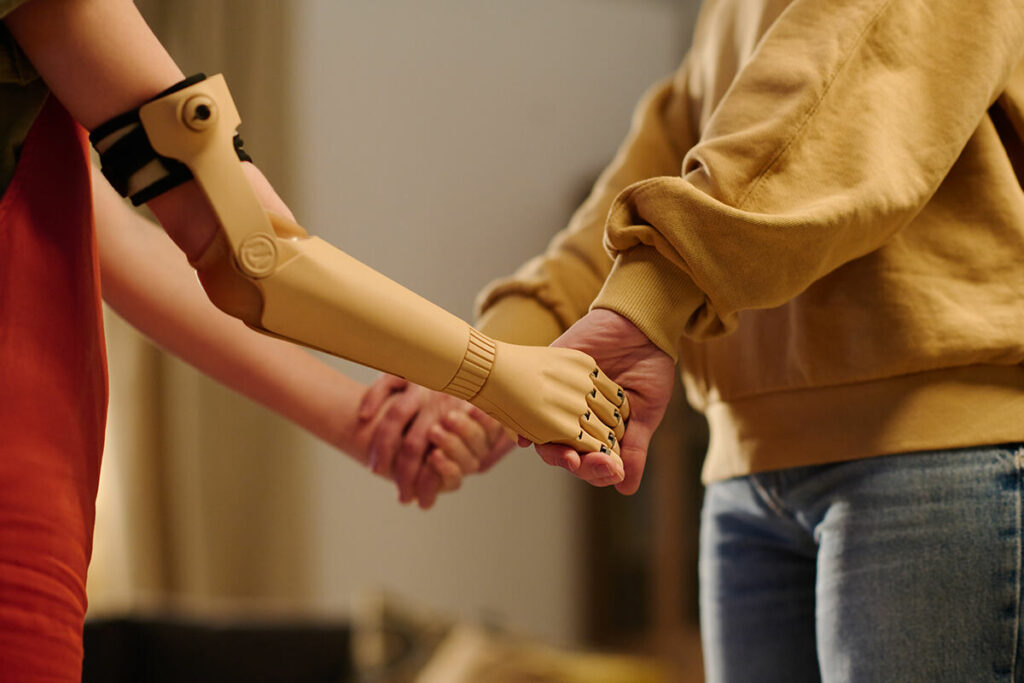
Advancements in pediatric prosthetics are significantly improving the lives of children with limb disabilities. Companies like Open Bionics offer unique opportunities to create limb solutions that resemble those of their favorite superheroes, empowering children who have lost a limb.
The IKO Creative Prosthetic System is another inspiring invention designed specifically for kids. This prosthetic system features actual Lego attachments that fit onto a battery-powered arm and a 3D-printed socket. By providing comfort and confidence in using the system, children feel empowered and inspired, much like the heroes in Star Wars.
Organizations like Limbitless are also making a difference. This student-run non-profit is dedicated to providing personalized bionics and solutions for the disabled. Working with the United Nations and UNICEF, Limbitless is on a mission to provide bionic limb solutions to kids around the world, completely free of charge, using the most advanced 3D printing technologies.
The Marriage of Prosthetics and Robotics
Integrating robotics technology into prosthetic legs is creating numerous possibilities. Robotic prosthetics can:
- Replicate the movements of a biological limb
- Allow for greater muscle control and sensory feedback
- Make walking more efficient
- Reduce the risk of falls
Cutting-edge robotics technology, such as sensors, motors, and control systems, allows for precise and coordinated movements in robotic prosthetic legs. Though these sophisticated prosthetics might be costlier and demand more maintenance than traditional prostheses, the remarkable benefits they provide in functionality and quality of life for individuals with limb disabilities are undeniable.
As developments in prosthetics and robotics continue to progress, the possibilities for enhancing mobility and control for amputees are virtually limitless. From improved orthopedic prostheses design to the creation of gentle robotic gripping devices, the marriage of prosthetics and robotics is revolutionizing the world of artificial limbs, including the prosthetic arm.
Frequently Asked Questions
What is the best prosthetic leg in the world?
The upcoming “Utah Bionic Leg” developed by researchers at the University of Utah’s Bionic Engineering Lab is renowned as the most advanced and best prosthetic leg in the world.
What is the new style of prosthetic legs?
Experience a more natural gait with the latest microprocessor-driven prosthetic limb technology, featuring computer chips and sensors for activity-specific components. Be able to adjust your leg mode for walking on flat surfaces or stairs.
How much does 1 prosthetic leg cost?
The cost of a basic prosthetic leg without insurance can range from less than $10,000 to more than $100,000 for a computerized version.
Are there prosthetic legs that look real?
Yes, there are prosthetic legs that look remarkably realistic
How do running blades work?
Running blades use carbon fiber materials and a unique shape to flex and bend like a foot’s ligaments and musculature, providing a spring-like effect for running and storing energy as it is released.


